Bouncy floors
leci
15 years ago
Related Stories

REMODELING GUIDESWhen to Use Engineered Wood Floors
See why an engineered wood floor could be your best choice (and no one will know but you)
Full Story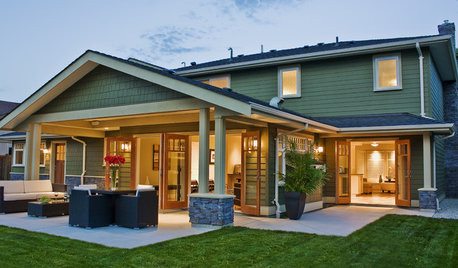
GARDENING AND LANDSCAPING6 Ways to Rethink Your Patio Floor
Figure out the right material for your spring patio makeover with this mini guide to concrete, wood, brick and stone
Full Story
CONTRACTOR TIPSYour Complete Guide to Building Permits
Learn about permit requirements, the submittal process, final inspection and more
Full Story
REMODELING GUIDESGreat Ways to Dress Up Those Necessary Columns
Many homes need a structural column or two, especially in today's open-plan spaces. Here's how to turn them into superstars
Full Story
HOLIDAYSThrow a Calm, Happy Kids' Halloween Party — 5 Tips From a Mom
Keep your house and sanity intact with this advice from a veteran of Halloween extravaganzas with every kid on the block
Full Story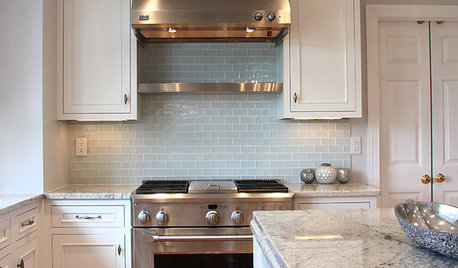
KITCHEN DESIGN5 Favorite Granites for Gorgeous Kitchen Countertops
See granite types from white to black in action, and learn which cabinet finishes and fixture materials pair best with each
Full Story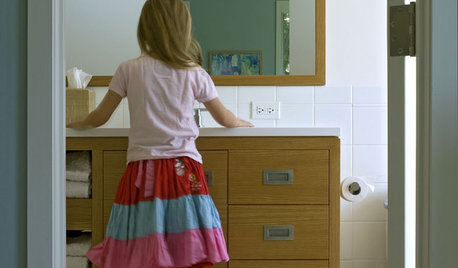
BATHROOM DESIGNSafety Plays With Style in Kids' Bathrooms
Have a little fun with "safety first" using kid-friendly furnishings and fixtures, plus a dose of imagination
Full Story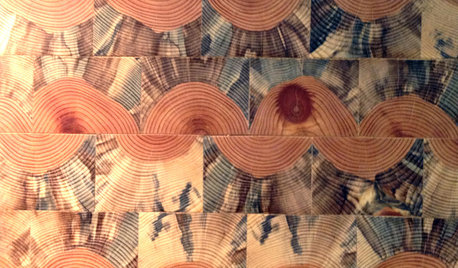
DECORATING GUIDESInventive New Products for Fun Designs Ahead
Check out the 2013 Dwell on Design expo's twists on midcentury patterns, instant color palettes, surprises for the patio and more
Full Story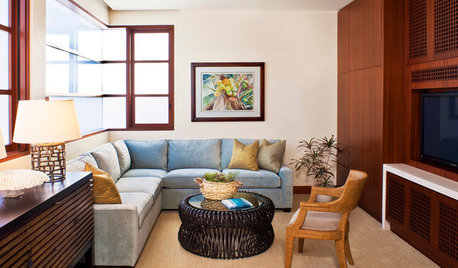
FURNITUREWhy Your Room Wants a Small Chair
Overstuffed chairs have their place, but undersize ones have more. Tuck one in and watch guests flock over
Full Story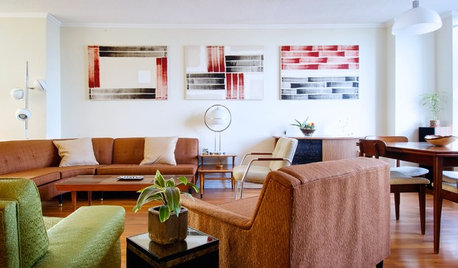
HOUZZ TOURSMy Houzz: Mod Finds Create a Fashionable Air in Toronto
Iconic midcentury furniture mixes with original artwork to bring a couple's light-filled one-bedroom apartment to life
Full Story






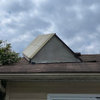

pjb999
leciOriginal Author
Related Professionals
Hopewell Kitchen & Bathroom Remodelers · Folsom Kitchen & Bathroom Remodelers · Salinas Kitchen & Bathroom Remodelers · El Sobrante General Contractors · Lewisburg General Contractors · Orangevale General Contractors · Riverside General Contractors · San Bruno General Contractors · Waxahachie General Contractors · Decatur Painters · Fillmore Painters · Glendale Painters · Hollywood Painters · Montclair Painters · Walnut Creek Paintersmightyanvil
sdello
leciOriginal Author